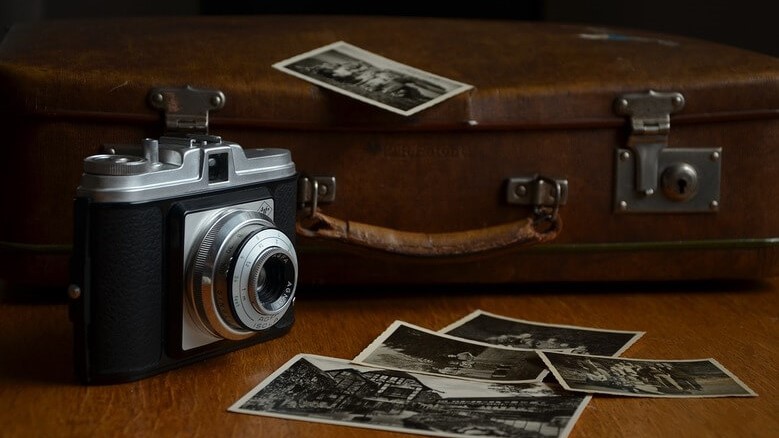Photography is a form of art that allows us to capture and preserve memories, moments, and emotions. It is an ever-evolving medium that offers endless possibilities for creativity and expression. In this article, we will explore different genres of photography, each with its own unique characteristics, techniques, and challenges. From portrait to landscape, street to wildlife, and everything in between, there is a genre of photography that will suit your interests and style.
Photography is an incredibly versatile medium that offers numerous possibilities for creative expression. The beauty of photography lies in its ability to capture and preserve moments, memories, and emotions. There are several genres of photography, each with its own unique characteristics, techniques, and challenges. In this article, we will explore different genres of photography and provide insights into what makes each genre unique.
1. Portrait Photography
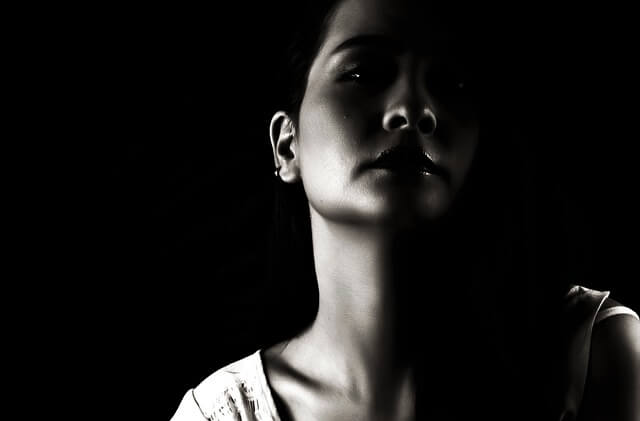
Portrait Photography
Portrait photography involves capturing images of individuals or groups of people, often in a studio setting. It requires knowledge of lighting, posing, and composition. Portrait photographers aim to capture the essence of their subjects and convey their personalities through the images.
Types of Portrait Photography
- Traditional Portraiture: This involves capturing formal portraits of individuals or groups of people in a studio setting. It requires careful attention to lighting, posing, and clothing choices.
- Environmental Portraiture: This involves capturing portraits of individuals in their natural environment, such as their workplace or home. It can provide context and insight into the subject’s life and personality.
- Candid Portraiture: This involves capturing natural and spontaneous images of individuals in everyday settings. It requires the photographer to be unobtrusive and observant.
Tips for Portrait Photography
- Communicate with your subject: Establishing a connection with your subject can help them feel more comfortable and relaxed, resulting in more natural and authentic images.
- Use appropriate lighting: Lighting can make or break a portrait. Experiment with different lighting setups and techniques to find the best approach for your subject and setting.
- Pay attention to composition: Composition can greatly impact the mood and message of a portrait. Consider the placement of your subject within the frame, as well as the use of lines and shapes.
2. Landscape Photography
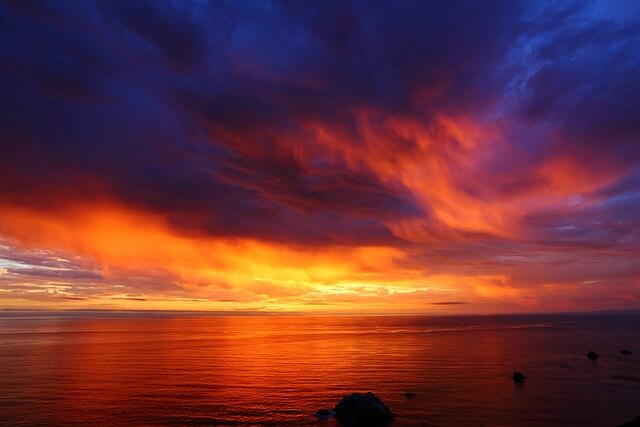
Landscape photography involves capturing images of natural scenery such as mountains, valleys, forests, and waterfalls. It requires a keen eye for composition, patience, and an understanding of light and weather conditions. Landscape photographers aim to capture the beauty and grandeur of nature through their images.
Types of Landscape Photography
- Grand Landscapes: This involves capturing images of vast and expansive landscapes, such as mountain ranges, deserts, or oceans. It requires an understanding of scale and composition to convey the grandeur of the scene.
- Intimate Landscapes: This involves capturing smaller and more intimate details of a landscape, such as a tree or a rock formation. It requires a keen eye for detail and the ability to find beauty in the smaller elements of a scene.
- Cityscapes: This involves capturing images of urban landscapes, such as skylines, architecture, and street scenes. It requires an understanding of perspective and the ability to capture the energy and character of a city.
Tips for Landscape Photography
- Plan your shoot: Research the location, weather conditions, and time of day to plan your shoot. Consider factors such as the direction of light, the position of the sun, and the weather forecast.
- Use a tripod: A tripod can help you stabilize your camera and capture sharp, detailed images. It also allows you to experiment with longer exposure times and creative techniques such as panoramas.
- Experiment with composition: Composition is key to creating impactful landscape images. Consider the use of foreground, middle ground, and background elements, as well as the placement of the horizon line and the use of leading lines.
- Use filters: Filters can help you control exposure, reduce glare, and enhance colors in your landscape images. Consider using a polarizing filter to reduce reflections and enhance contrast, or a graduated neutral density filter to balance exposure between the sky and foreground.
3. Street Photography
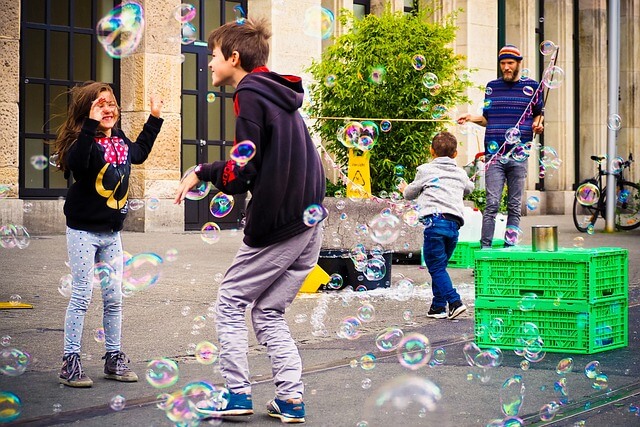
Street photography is a genre of photography that captures candid and unposed images of people and scenes in public places such as streets, parks, and markets. It often focuses on the everyday moments and details of urban life, such as people walking, talking, and interacting with their environment.
Types of Street Photography
- Candid Street Photography: This involves capturing natural and unposed moments of people going about their daily lives. It requires a keen eye for observation and the ability to anticipate and react quickly to capture the moment.
- Street Portraiture: This involves capturing portraits of people in public places, often in a candid or unposed manner. It requires the ability to connect with people and put them at ease, as well as the technical skills to capture a compelling portrait in a busy and ever-changing environment.
- Documentary Street Photography: This involves capturing images that tell a story or document a specific place or time in history. It requires a deep understanding of the subject matter and the ability to capture images that are both informative and compelling.
Tips for Street Photography
- Be discreet: Street photography often involves capturing candid moments, so it’s important to be discreet and blend in with your surroundings. Use a small and inconspicuous camera, avoid drawing attention to yourself, and be respectful of people’s privacy.
- Experiment with perspective: Play with different angles and perspectives to add visual interest to your images. Consider shooting from low angles, using reflections or shadows, or framing your subjects in unique ways.
- Look for interesting details: Street photography is often about capturing the small details that make up urban life. Look for interesting textures, patterns, and colors, as well as signs, graffiti, and other urban art.
- Be patient: Street photography can be unpredictable, so it’s important to be patient and observant. Wait for the right moment, anticipate the action, and be ready to capture it when it happens.
4. Wildlife Photography
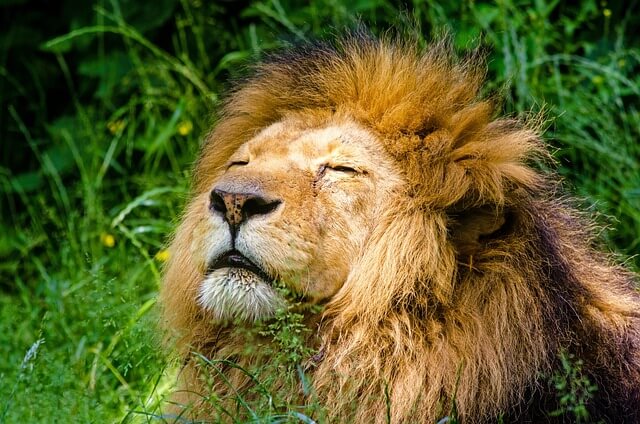
Wildlife photography is a genre that captures images of animals in their natural habitats. It requires a deep understanding of animal behavior, as well as technical skills and patience to capture the perfect shot.
Types of Wildlife Photography
- Bird Photography: This involves capturing images of birds in their natural habitats. It requires a combination of technical skills and knowledge of bird behavior and habitats.
- Mammal Photography: This involves capturing images of mammals in their natural habitats. It requires a deep understanding of animal behavior, as well as patience and technical skills to capture the perfect shot.
- Underwater Photography: This involves capturing images of marine life in their natural habitats. It requires specialized equipment and knowledge of underwater photography techniques.
Tips for Wildlife Photography
- Be patient: Wildlife photography requires a lot of patience, as you may need to wait for hours or even days to capture the perfect shot. Be prepared to spend a lot of time in the field, observing and waiting for the right moment.
- Use the right equipment: Wildlife photography often requires specialized equipment, such as long telephoto lenses and tripods. Invest in quality equipment that suits your needs and budget, and learn how to use it effectively.
- Learn about animal behavior: To capture compelling wildlife images, you need to understand the behavior and habits of the animals you are photographing. Learn about their diet, mating rituals, and migration patterns, and use this knowledge to anticipate their movements.
- Respect the animals: When photographing wildlife, it’s important to respect the animals and their environment. Avoid disturbing their natural habitats, follow local regulations and guidelines, and never put yourself or the animals in danger.
5. Macro Photography
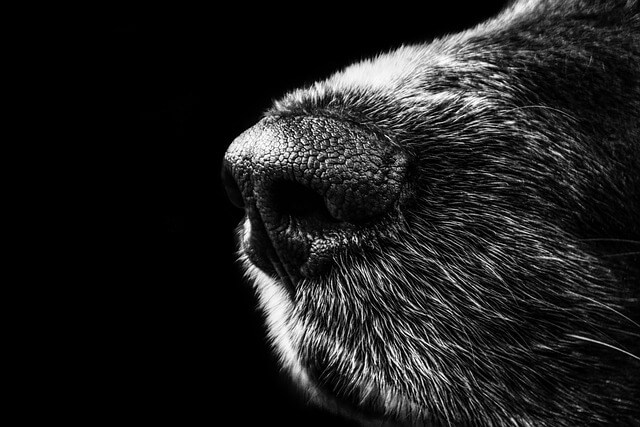
Macro photography is a genre that involves capturing close-up images of small objects, such as insects, flowers, and other details in nature. It requires specialized equipment and techniques to capture the intricate details and textures of these small subjects.
Types of Macro Photography
- Insect Photography: This involves capturing close-up images of insects, such as butterflies, bees, and beetles. It requires a lot of patience and a deep understanding of insect behavior.
- Flower Photography: This involves capturing the intricate details and textures of flowers. It requires a deep understanding of flower anatomy and an eye for composition.
- Texture Photography: This involves capturing the intricate details and textures of objects, such as fabrics, wood, or metal. It requires an eye for detail and an understanding of lighting and composition.
Tips for Macro Photography
- Use a macro lens: A macro lens is designed to focus at close distances and capture the intricate details of small objects. It’s a must-have tool for macro photography.
- Use a tripod: To ensure sharp and stable images, use a tripod to stabilize your camera and minimize camera shake.
- Use a small aperture: A small aperture (high f-stop number) will increase the depth of field and keep more of the image in focus, which is important for macro photography.
- Experiment with lighting: Macro photography often requires additional lighting to highlight the intricate details of the subject. Experiment with different lighting setups, such as natural light, flash, or artificial lighting.
6. Fashion Photography
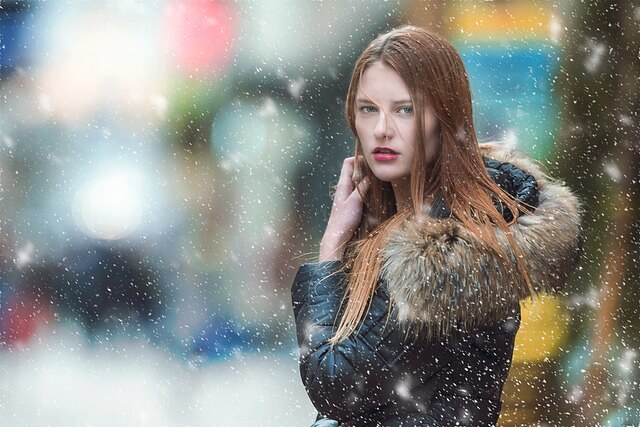
Fashion photography is a genre that involves capturing images of clothing, accessories, and models in a creative and visually appealing way. It is used to showcase the latest fashion trends, styles, and designs.
Types of Fashion Photography
- Editorial Fashion Photography: This involves creating images for fashion magazines and editorials. It is often highly stylized and creative, with a focus on showcasing the latest fashion trends.
- Commercial Fashion Photography: This involves creating images for advertisements, catalogues, and websites. The focus is on showcasing the clothing and accessories in a visually appealing way that will attract customers.
- Street Style Fashion Photography: This involves capturing images of people on the streets who are wearing fashionable clothing and accessories. It is often candid and spontaneous, with a focus on capturing the latest trends and styles.
Tips for Fashion Photography
- Work with a team: Fashion photography involves collaboration with models, stylists, makeup artists, and other professionals. It’s important to work together to create a cohesive and visually appealing image.
- Use creative poses and angles: To capture visually appealing images, experiment with creative poses and angles that showcase the clothing and accessories.
- Pay attention to lighting: Lighting is crucial in fashion photography, as it can make or break the image. Experiment with different lighting setups, such as natural light, studio lighting, or flash, to create the desired effect.
- Focus on details: Fashion photography is all about showcasing the details of the clothing and accessories. Pay attention to small details, such as the fabric, texture, and embellishments.
7. Black and White Photography
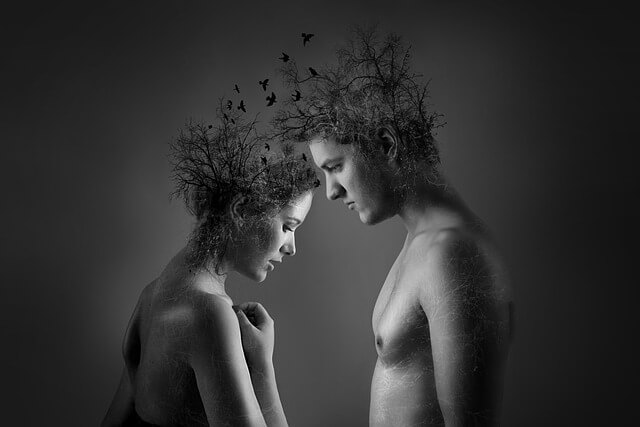
Black and white photography is a classic genre that has been popular since the invention of photography. It involves capturing images without color, using shades of gray to create a timeless and dramatic effect.
Types of Black and White Photography
- Portrait Photography: Black and white is a popular choice for portrait photography, as it can create a timeless and dramatic effect.
- Landscape Photography: Black and white can be used to create moody and atmospheric landscape images, especially in foggy or misty conditions.
- Street Photography: Black and white is often used in street photography to create a classic and timeless effect, and to focus on the subject rather than the distracting colors of the environment.
Tips for Black and White Photography
- Focus on contrast: Black and white photography relies heavily on contrast to create a dramatic effect. Experiment with different lighting setups and angles to create interesting shadows and highlights.
- Look for texture: Black and white photography can be used to showcase texture in a way that color photography cannot. Look for subjects with interesting textures, such as brick walls, tree bark, or fabrics.
- Pay attention to composition: Composition is important in all genres of photography, but it’s especially important in black and white photography. Use leading lines, rule of thirds, and other composition techniques to create visually appealing images.
- Use the right equipment: To create the best black and white images, it’s important to use the right equipment. This includes a camera with manual controls, a tripod, and high-quality lenses.
8. Abstract Photography
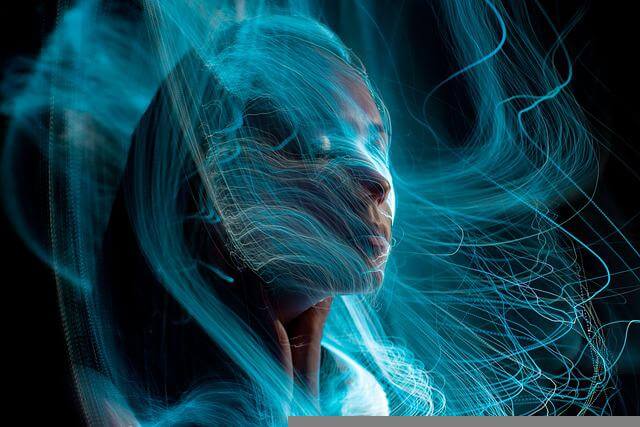
Abstract photography is a genre that focuses on capturing images that do not have a clear, identifiable subject. Instead, it is all about capturing shapes, lines, textures, and colors in a creative and visually appealing way.
Types of Abstract Photography
- Geometric Abstract Photography: This involves capturing geometric shapes and lines, such as triangles, circles, and squares, in a creative and visually appealing way.
- Textural Abstract Photography: This involves capturing the textures and patterns of objects, such as fabric or wood, in a creative and visually appealing way.
- Colorful Abstract Photography: This involves capturing the colors of objects in a creative and visually appealing way. This can include capturing the colors of nature, such as a sunset or a flower, or the colors of man-made objects, such as a building or a car.
Tips for Abstract Photography
- Experiment with different angles: Abstract photography is all about capturing shapes and lines in a unique and creative way. Experiment with different angles and perspectives to create visually appealing images.
- Use color and texture: Abstract photography is also about capturing the colors and textures of the subject. Pay attention to the colors and textures of the object and experiment with different lighting setups to create the desired effect.
- Focus on details: In abstract photography, small details can make a big difference. Pay attention to the small details in the subject, such as the texture or pattern of the surface, and try to capture them in a unique way.
9. Food Photography

Food photography is a genre that involves capturing images of food in a visually appealing way. It is often used for advertisements, cookbooks, and food blogs.
Types of Food Photography
- Commercial Food Photography: This involves creating images for advertisements, restaurant menus, and food packaging. The focus is on making the food look appetizing and enticing to the customer.
- Editorial Food Photography: This involves creating images for cookbooks, food blogs, and magazines. The focus is on showcasing the food in a more artistic and creative way.
- Social Media Food Photography: This involves creating images for social media platforms such as Instagram and Facebook. The focus is on creating visually appealing images that are shareable and engaging.
Tips for Food Photography
- Use natural light: Natural light is the best option for food photography as it showcases the colors and textures of the food in a more natural and appealing way.
- Experiment with composition: Composition is key in food photography. Experiment with different angles, placement, and props to create visually appealing images.
- Pay attention to details: Details such as the texture, color, and presentation of the food can make a big difference in the final image.
- Keep it simple: Sometimes, less is more in food photography. Avoid clutter and distractions in the background that may take away from the main focus – the food.
Conclusion
In conclusion, photography is a vast art form that encompasses various genres. Each genre requires different skills, techniques, and equipment. Exploring different genres of photography can help you find your passion and develop your skills. Whether you prefer capturing portraits, landscapes, wildlife, or something abstract, there is a genre of photography that suits your interests.
